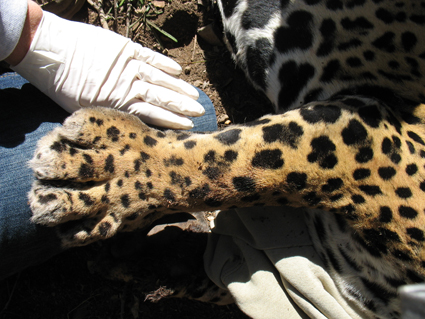… grabbed the carton of milk, opened it to see if it had gone bad, had the smell of rancid horrible off hit your nose, recoiled, and handed it to the person next to you saying “Oh My God This Is Horrible Smell This”?
Why do we do that? Why is our first impulse, on having a horrible experience which we can spare those we care about from repeating, to insist on sharing that experience? It’s a mystery.
Anyway. This is horrible. Watch this.



